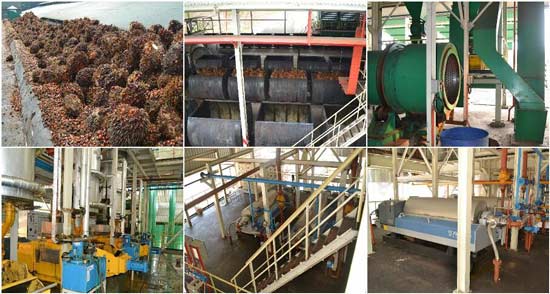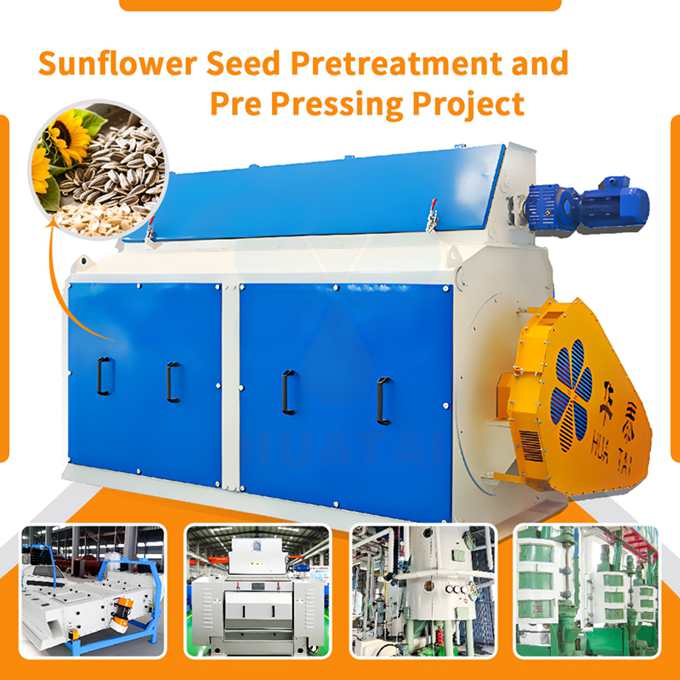A lot of waste materials are generated during the production process of palm oil mills, and waste treatment is a big challenge, such as palm kernel shells, empty fruit bunches, sewage, etc.
1. Palm oil mills waste-palm kernel shells (PKS)
In traditional waste treatment methods, the fibers and shells after pressing in palm mills are usually used as fuel for steam boilers. The steam generated is used for turbine power generation. These two solid fuels themselves can generate enough energy to meet the consumption needs of palm oil mills.

2. Palm oil mills waste-empty fruit bunches (EFBs)
Compared with palm kernel shells and fibers, empty fruit bunches can be burned; they can also be directly transported back to the palm plantation for fertilizer use.
3. Palm oil mills waste-wastewater treatment (POME)
In traditional palm oil mill plant, processing one ton of fresh fruit bunches will produce 600-700 kg of wastewater. Anaerobic digestion is a widely used wastewater treatment method in the industry. The wastewater generated by palm oil mills can be anaerobically converted into biogas, which in turn can be used to generate electricity through gas turbines and gas engines.
Currently, the husks and fibres are used to generate energy within the palm oil mills, but the empty fruit bunches are used as fertilizer or thrown away. The palm oil industry has great potential to generate large amounts of electricity and export it to the public grid.
Website: https://www.oilpresscn.com/
Email: info06@cnoilmachine.com



